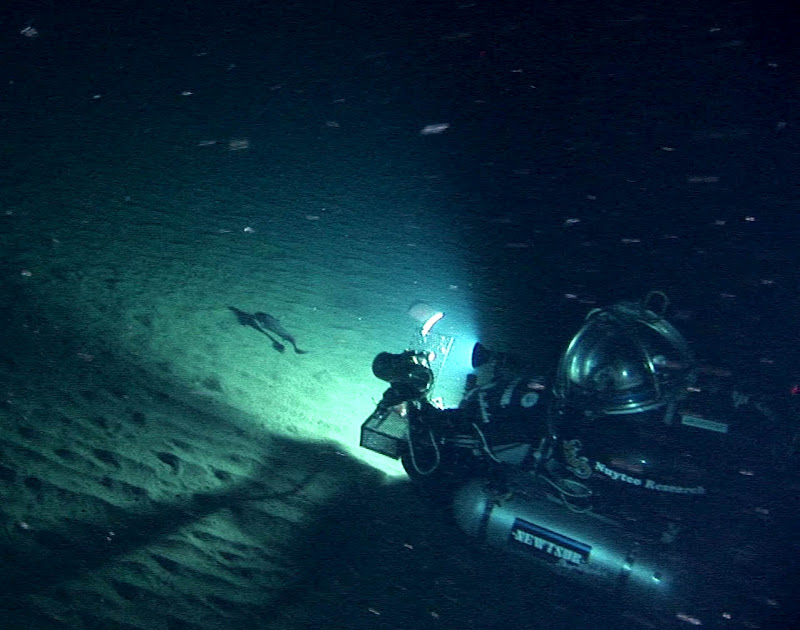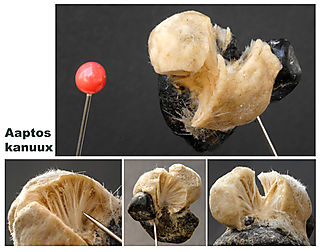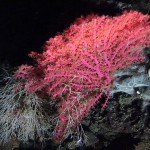Deep Dives at Zhemchug Canyon Reveal Corals, Intricately Woven Ecosystem
Before rough seas rolled in on Tuesday, the team aboard Esperanza was able to complete six manned submersible dives and three ROV dives at Zhemchug Canyon, considered the largest canyon in the ocean. The subs worked close to their maximum depth of 2,000 feet while the ROV worked at its deepest depth ever, around 3,000 feet. Numerous coral species were present and documented throughout the dives.
Zhemchug Canyon has also revealed an intricate ecosystem whose inhabitants depend upon small holes or rises in the otherwise flat, silty bottom, including “flatfish holes,” depressions made by halibut, flounder, sole and skates, and drop-stones, rocks and boulders that fall from melting icebergs above. Read more about this unique place on David Guggenheim’s OceanDoctor blog.
The Esperanza has also been searching for three reported pinnacles — summits of underwater mountains or seamounts — that reach as close to 20 feet from the surface. Reports of these pinnacles are decades old and position information is imprecise, so the search continues.
The Esperanza is carrying two manned submersibles, a remotely-operated vehicle (ROV) and an international research team to the Bering Sea for a three week survey of Zhemchug and Pribilof Canyons,to map and document deepwater corals living at depths of more than 1,000 feet. The expedition was conceived of and is being led by Greenpeace.
 |







Leave a Reply
Want to join the discussion?Feel free to contribute!